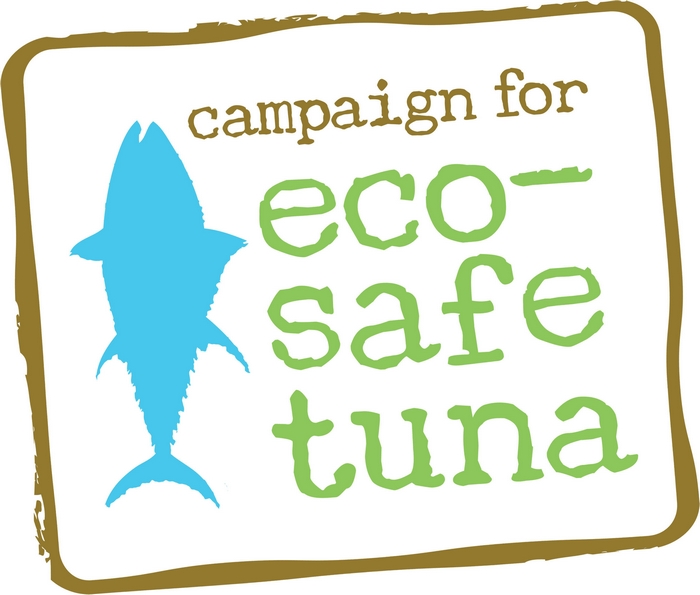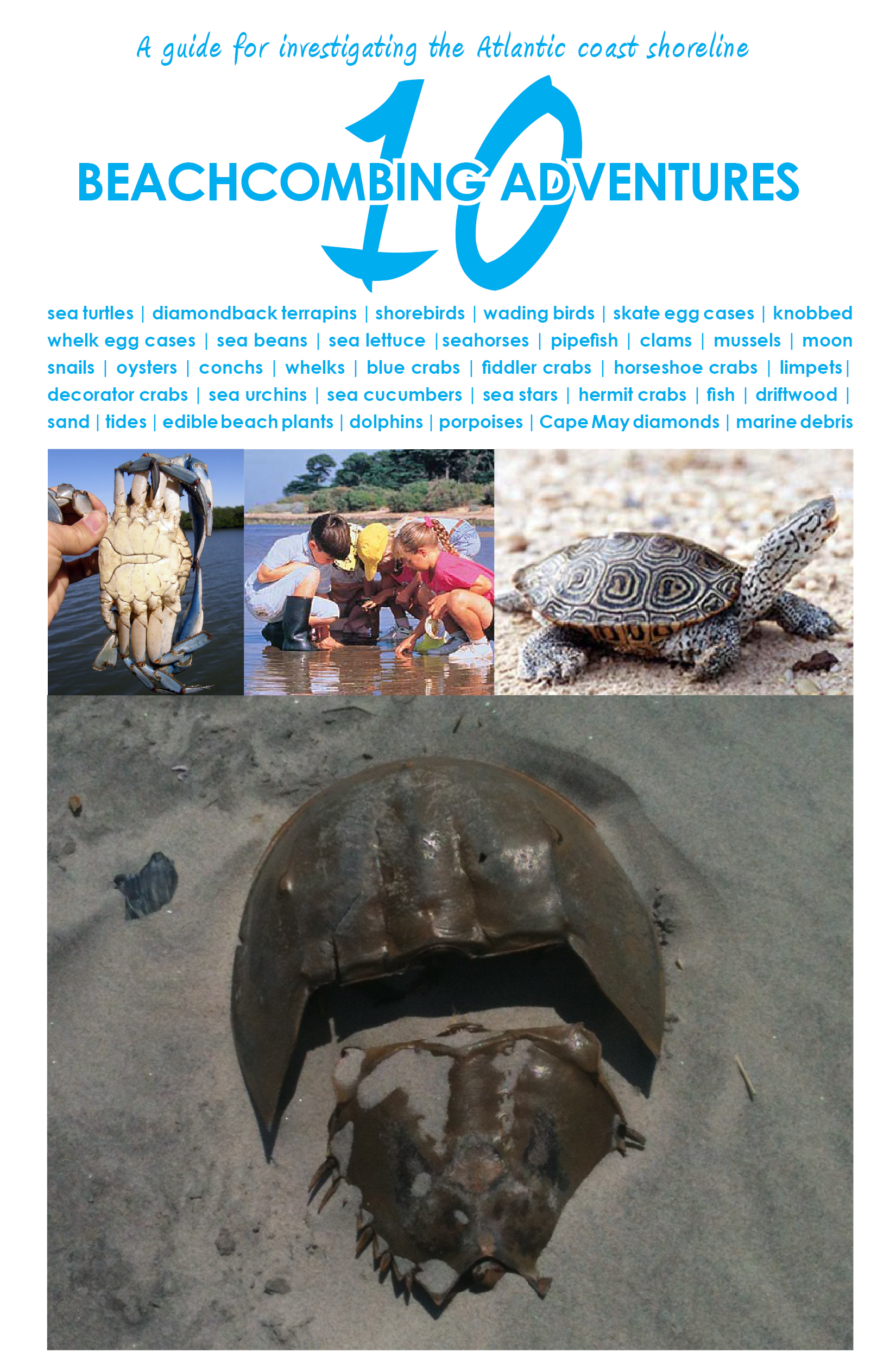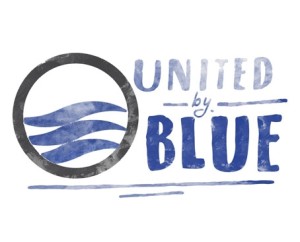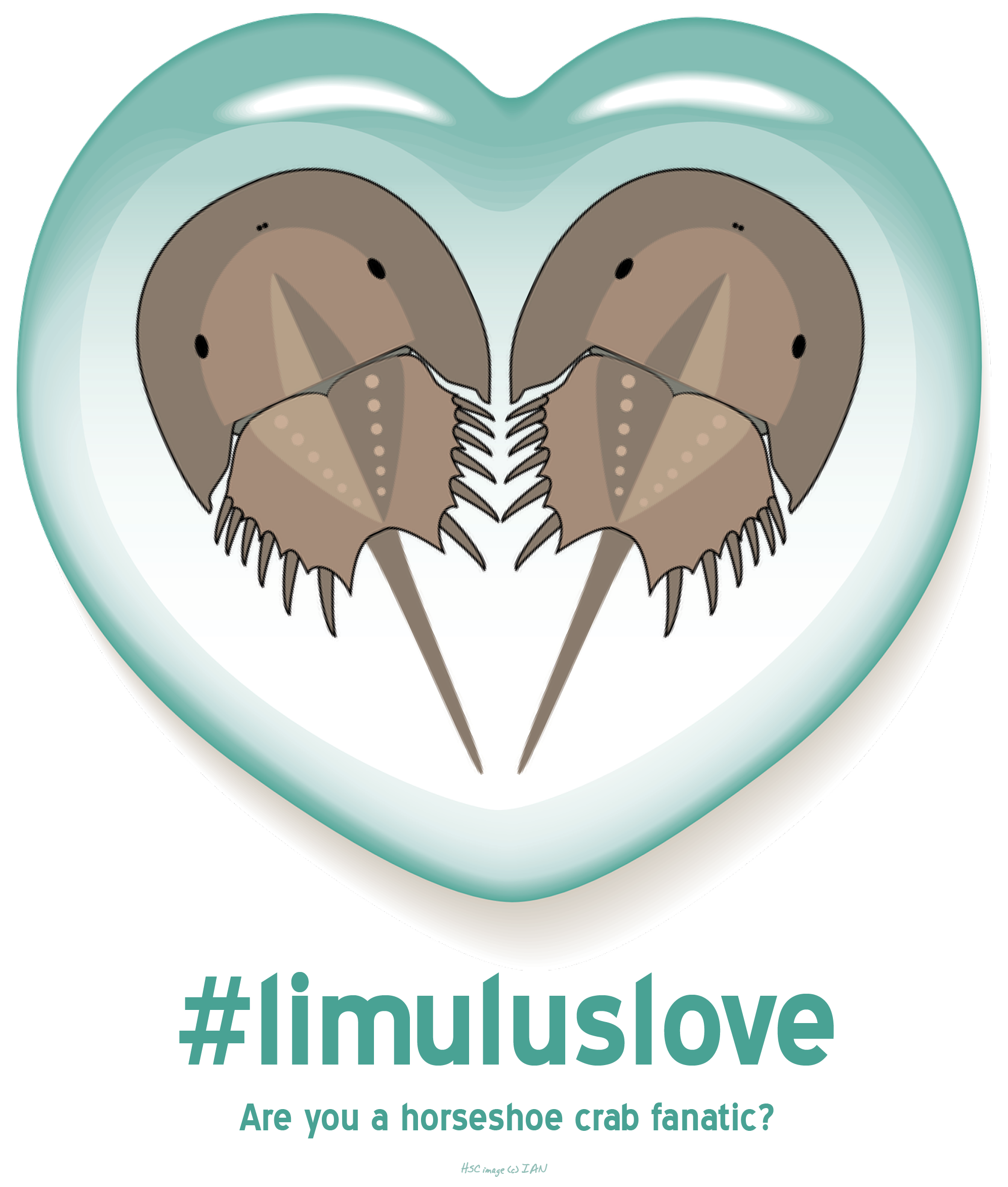Irish moss is also known as carageen. Carageen is a deep red alga that grows around rocky substrates along both coasts of of the north Atlantic Ocean. Carrageenan is a gelatinous material extracted from Irish Moss and can be used as a vegetarian alternative to gelatin. It is found in ice cream, soy milk, diet soda and even used in fake saliva for movie effects.
It’s as easy as A, B, Sea: H for Horseshoe Crab
Horseshoe crabs are an arthropod more closely related to spiders and scorpions than crabs and lobsters. They have a three part body: prosoma (head), opisthosoma (heavy shell with legs under it) and the telson (tail). This amazing body structure has been unchanged for over 200 million years. Interestingly enough, this is this Beach Chair Scientist’s favorite animal and there have been numerous posts about Limulus polyphemus. Read more here.
It’s as easy as A, B, Sea: G for Gorgonians
Gorgonians are a group of corals known as the ‘horny corals’. This is includes the sea whips, sea fans and sea feathers. They are similar to the soft corals because they all have eight-part symmetry. Most jewelry that is made from coral is made from the gorgonians. If you ask me though corals are too precious too wear.
It’s as easy as A, B, Sea: F for Fulmar
It’s as easy as A, B, Sea: C for Chitin
Chitin (kai-tin) is the main material for 1) the exoskeleton of shrimp, crabs and lobsters, 2) the beak of squid and octopi and 3) the radula of mollusks. It is very similar in make up to glucose and similar in function to keratin (which is what makes up our hair, skin and nails).
It’s as easy as A, B, Sea: A for Agnatha
So we all agree the month of February can be a little slow and dreary. But, I am here to prove contrary. Sit back and relax with a Bloody Mary and have BCS entertain you (well, at least in theory). Welcome to the month of A, B, Seas! For each day in February there will be a marine science related term (including person, place, or thing) defined in only the way BCS knows how … with concise style, grace, and humor.
Here we begin with the letter A.
Agnatha is a class of primitive fish including the hagfish and lampreys (pictured). Agnatha is Greek for “no jaws”. Members of this class all suction or filter feeders.
To add a little more to the lesson, here is the mnemonic device I use for remembering how to classify plants and animals: King Philip Came Over For Good Spaghetti for Kingdom, Phylum, Class, Order, Family, Genus, and Species.
Related Articles
- National Hagfish Day is October 20th (beachchairscientist.wordpress.com)
8 reasons to kick your heels about eels
In no particular order here are some interesting (and exciting) facts about eels. In college I built some eels ladders for a stream in southern New Jersey so these little critters do have a special place in my professional heart.
- Moray eels have the ability to tie their bodies in knots and use this to gain leverage when tearing food.
- Electric eels are not true eels at all. They are knifefish. There are about 800 species of true eels.
- Eels can swim forward, as well as backward.
- Some eels travel up to 4,000 miles to breed, a trip taking up to seven months. It is believed that eels do not eat during this long journey. Instead, they use their body fat and muscle tissue for nutrients. The Sargasso Sea is the mating area that eels from all over Europe and North America swim to to mate and lay eggs. After the eel larvae hatch, they then make the long swim back to North America and Europe. The eel is termed catadromous because of its journey from freshwater to the depths of the ocean to spawn.
- Eels start life as transparent larva (leptocephal) and remain in that state for 6 to 12 months. During this time they can float thousands of miles through the open seas. After the larval phase, they become elvers and although not sexually mature, they look more like an adult eel.
- Eels resemble snakes but actually do have fins. The dorsal and anal fins are fused together that form a single ridge along their elongated body.
- Eel blood is toxic to humans and other mammals, but the cooking procedure and human digestive process destroy its toxic protein which is good since they are a popular food in Japan and China.
- You can fish for eels with any kind of cut bait. American eels (pictured) are a popular bait for crabbing and fishing.
Happy as a clam
Lately everyone has been asking me how the junior Beach Chair Scientist is doing and I often find myself saying, “Oh! She’s as happy as a clam!” It occurred to me that I didn’t fully understand the expression since clams are not known to smile. I did some research and found out that the phrase originates from parts of New England where clams are a plenty. Also, the phrase is better understood in its entirety, “Happy as a clam at high water.” You see, at high tide clams can avoid there predators in the water so they are quite happy indeed! So next time someone says they are “happy as a clam” you can say … “did you know?” cause everyone loves that kind of person, right?
Image (c) civin.org
What children have to say about marine debris
I just think this review of what children from New York City have to say about beach pollution aka marine debris is too “right on” not to share. These quotes come directly from an article on the Ocean Conservancy’s website. Check out the entire article for some wonderful crayola images the kids did too!
Fourth-graders in New York City conducted cleanups at a local beach and tallied every item they found on Ocean Conservancy’s data card, an experience shared by hundreds of thousands of people around the world every year during Ocean Conservancy’s International Coastal Cleanup.
The young citizen scientists learned about the myriad ways marine debris threatens ocean health, and created graphs to show the sources of these man-made items.
They shared their findings with us, and we’d like to share them with you. Here are just a few of their observations, presented just as they’ve written them:
What is bycatch?
Bycatch is a term used to classify the incidental fish, mammals, birds, sea turtles or invertebrates that may be caught while targeting other species in a fishery. One of the biggest victims of these unintentional catches are the black-footed albatross. They frequently swallow bait attached to the lines of long-line fishing boats. At least 300,000 sea birds are killed by long line fishing each year.












What people are saying …